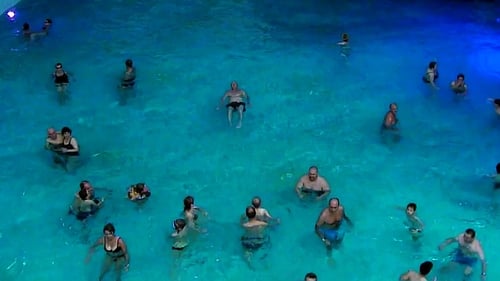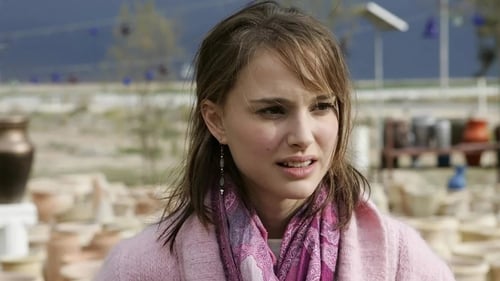
Editor
A computer screen, images from the four corners of the world. We cross borders in one-click while another trip’s story reach us in bits, through text messages, chats, phone conversations, and an immigration office’s questionnaire. It’s the journey of Shahin, a 20-year-old Iranian boy who, fleeing his country alone, lands in Greece, then winds his way to England where he claims asylum.

Director
A computer screen, images from the four corners of the world. We cross borders in one-click while another trip’s story reach us in bits, through text messages, chats, phone conversations, and an immigration office’s questionnaire. It’s the journey of Shahin, a 20-year-old Iranian boy who, fleeing his country alone, lands in Greece, then winds his way to England where he claims asylum.

Director
This film is a portrait of a highway rest stop in the middle of the Picardy countryside. A place like in a dream, rustling with the thoughts and lives of those who pass through it and who work there, but also a real place, a genuine observation post of today's Europe and where the violence of single market competitiveness is bluntly visible, along with contemporary rootlessness and solitude.

Editor
The autopsy report of a leg found floating on the Seine, the voice mail of a missing girl and the appearance of a ghost in her home.

Editor
Filmed in one sequence-shot of 1 hour and 25 minutes, Ana Arabia is a moment in the life of a small community of outcasts, Jews and Arabs, who live together in a forgotten enclave at the “border” between Jaffa and Bat Yam, in Israel. One day, Yael, a young journalist, visits them. In these dilapidated shacks, in the orchard filled with lemon trees and surrounded by mass public houses, she discovers a range of characters far removed from the usual clichés offered by the region. Yael has the feeling of having discovered a human goldmine. She no longer thinks of her job. Faces and words of Youssef and Miriam, Sarah and Walid, of their neighbors, their friends tell her about life, its dreams and its hopes, its love affairs, desires and disillusions. Their relation to time is different than that of the city around them. In this tinkered and fragile place, there is a possibility of coexistence. A universal metaphor.

Editor
The film intertwines historical events and intimate memories. I observe how architecture represents the transformations of society and those who give form to this architecture. We follow the journey of Munio, my father, born in 1909 in Silesia, Poland, the son of a tenant farmer of a Prussian junker. At the age of 18, Munio goes to Berlin and Dessau to meet Walter Gropius, Kandinsky and Paul Klee at the Bauhaus. In 1933, the Bauhaus was closed by the Nazis, who accused Munio of treason against the German people. Munio was imprisoned, then deported to Basel. He left for Palestine. Upon his arrival in Haifa, he began a career as an architect and adapted European modernist principles to the Middle East.

Editor
On March 11, 2011, a tsunami struck the coast of Fukushima causing the meltdown of a nearby power plant. Within 24 hours the population within a 20-km radius was ordered to evacuate. Shortly thereafter Toshi Fujiwara entered the so-called "No Man's Zone," interviewing those who either could not or did not want to leave. Haunted by imperceptible traces of radiation, Fukushima has been transformed into an atmosphere of silence and disintegration, a land of cherry blossoms and ghosts in white protective clothing.

Editor
Israeli filmmaker Amos Gitaï offers a look impressionist long history of armed conflict in their nation.

Editor
A political drama centered around Israel's pullout from the occupied Gaza strip, in which a French woman of Israeli origin comes to the Gaza Strip to find her long ago abandoned daughter.

Editor
Rebecca, an American who has been living in Jerusalem for a few months now, has just broken off her engagement. She gets into a cab driven by Hanna, an Israeli. But Hanna is on her way to Jordan, to the Free Zone, to pick up a large of sum of money.

Post Producer








